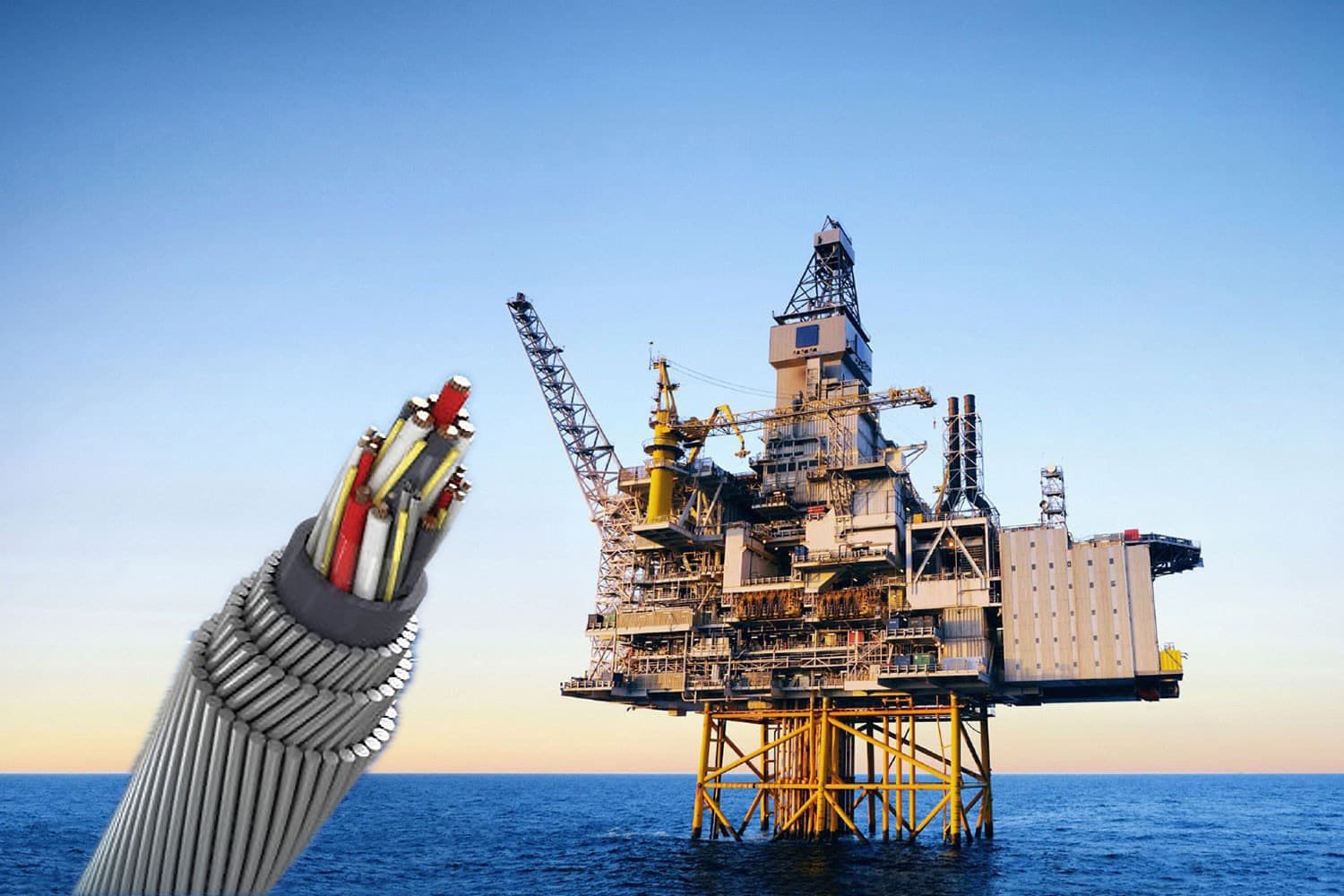
Seismic cables are vital tools used in geophysical exploration to detect and understand the Earth's structure. These cables consist of a bundle of sensors that capture data on vibrations caused by earthquakes or man-made sources. This information is then used to create detailed images of the subsurface, helping geoscientists and engineers make informed decisions about resource exploration and extraction, environmental monitoring, and hazard mitigation.
At the heart of every seismic cable lies advanced sensing technology that allows for highly accurate and precise data capture. These sensors are typically housed in a protective casing, ensuring they remain functional and secure during installation and operation. With the ability to detect even the slightest vibrations, seismic cables provide an unparalleled level of insight into the Earth's structure and behavior.
Seismic cables have a wide range of applications, from oil and gas exploration to earthquake monitoring and geohazard assessment. They are also used in civil engineering projects to evaluate the stability of structures such as dams, bridges, and tunnels. With advances in technology and data analytics, seismic cables are becoming increasingly important tools in answering some of the most pressing questions about our planet's geology and environment.
Whether you are a geoscientist, engineer, or researcher, seismic cables are an indispensable tool in your toolkit. With their ability to capture detailed data on seismic activity, these cables provide a window into the Earth's structure and behavior that is unmatched by any other technology. So if you want to explore the subsurface, understand the environment, or mitigate hazards, seismic cables are the way to go.
Operaciones sísmicas El equipo de arrastre de cable submarino incluye la sección elástica del cable, el cable de trabajo, el transportador, la cuerda espaciadora, el boyante auxiliar, etc., y cada equipo está conectado entre sí, arrastrando en la parte trasera del barco, arrastrado en la parte trasera del barco.
El modo de remolque en las operaciones de prospección sísmica en alta mar determina la relación de fuerza entre los cables de entrada, los deflectores y las cuerdas (líneas de derivación) que los conectan.
Los cables de amarre con flotabilidad neutra ganan flotabilidad con materiales de cubierta de caucho térmico (TPR) que son extremadamente flexibles con buena resistencia mecánica. El poliuretano de espuma expandida (ExPU) proporciona compuestos de revestimiento y relleno de gravedad específica extremadamente baja. Los conductores aislados de pared delgada también ayudan a reducir el peso y el diámetro. También se pueden utilizar conductores de aleación revestidos de cobre. Podemos ofrecer prototipos de corta duración para permitir que las empresas realicen pruebas.
Haga una consulta de inmediato!
Soluciones de cables eléctricos y ópticos para todas las industrias
Facebook LinkedIn
